However, these crops are season-specific and must be planted with care.
Another tip that can help you in shortlisting the cover crops is to know the soil requirements before planting one. This is because each of them has its own benefits and planning one that will enhance your soil will be the best for you.
Some common cover crops that you can consider are as follows -
1. Clover

Clover is a leguminous crop that fixes the nitrogen level of the plants. The bigger the plant, the more nitrogen it can offer.
- Growing Season: Crimson and Subterranean clovers are winter annual legumes. However, red, white, and sweet clovers are biennials and perennials i.e. can be grown twice early or throughout the year. Get clover microgreen seeds here.
- Benefits: Nitrogen enrichment
2. Oats

While oats can’t fix atmospheric nitrogen, they can accumulate the same from the soil. Belonging to the grass category, oats are an excellent choice to fill in for crop rotation when a spring or fall cover crop is needed. Besides, it’s an easy crop that leaves manageable residue.
Tip: Apply manure before seeding.
- Growing Season: Winter. This annual grass grows well during the months of November and December. Buy oat grass microgreen seeds here.
- Benefits: Forage, soil erosion control, soil softening, nutrient removal, and weed suppression.
3. Buckwheat

Buckwheat is a short-duration cover crop that matures in about 70 days. Furthermore, the residues it leaves behind also decompose easily. Since it blooms and yields flowers, it attracts beneficial insects and pollinators.
- Growing Season: Cold weather crop that can sustain heat
- Benefits: Weed suppression, attracts pollinators
4. Legumes

Just like clovers, legumes fix the nitrogen in the air and supply it to the soil to maintain the nitrogen levels. This in turn help increase the fertility in soil, improve the tolerance to abiotic stress and improve overall sustainability.
- Growing Season: Soybeans, peas, and beans are grown during Summer and crimson clover, hairy vetch, and subterranean clover are grown during Winter. Buy beans seeds.
- Benefits: Nitrogen fixation
5. Alfalfa

Alfalfa performs best on deep permeable soil. Please note that it is intolerant to acidic soils (pH < 6.2) Also, when inter-seeded in seed corn and established well, it can protect sandy loam soil from erosion.
- Growing Season: August to Early September. Buy Alfalfa microgreen seeds.
- Benefits: Nutrient management, weed control, pest management, erosion control.
These are the 5 common cover crops, their type, and their benefits.
If you face issues while narrowing down your options, start by identifying the needs of your soil, zero in on the best time and place for your cover crops, and repeat the process for a few cover crops. The crop with which you attain your goals (reducing soil erosion, controlling weeds, or improving drainage) is the one for you!
Try and let us know if you want our assistance.


 Sign In
Sign In



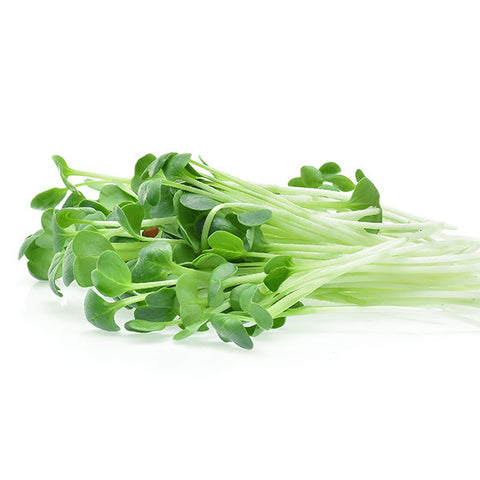
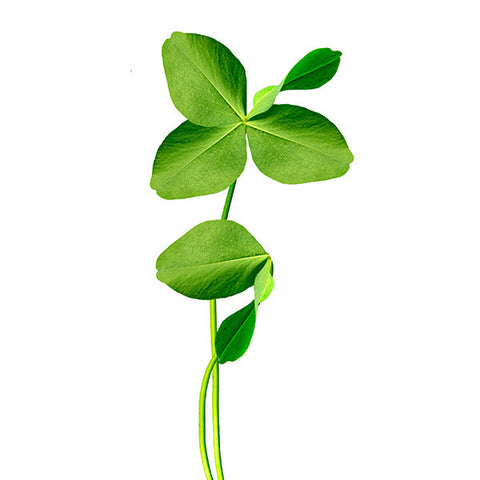
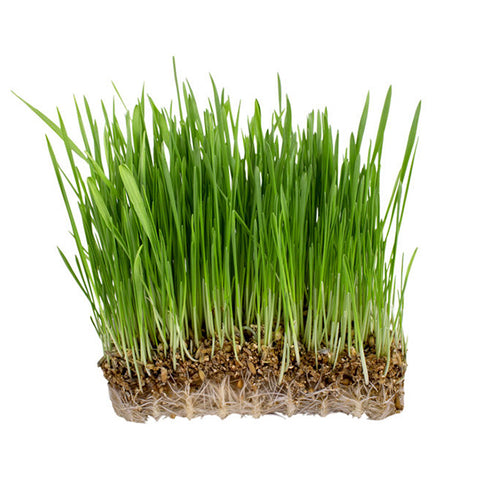

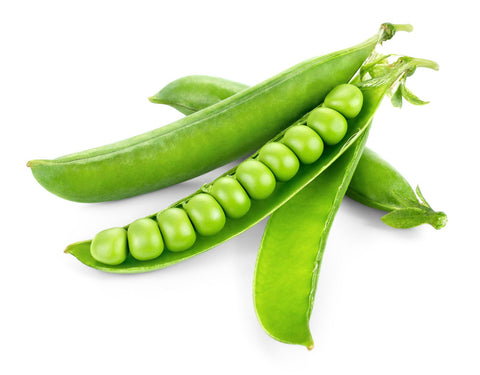
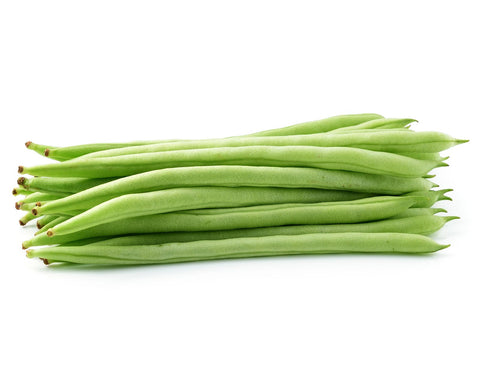
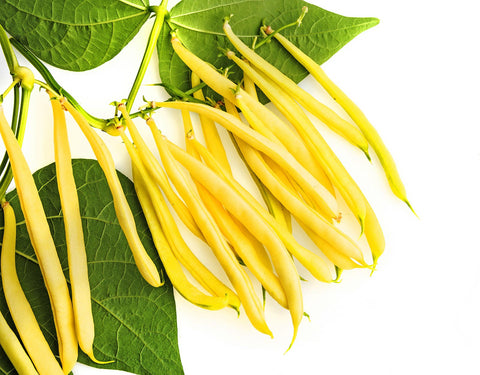
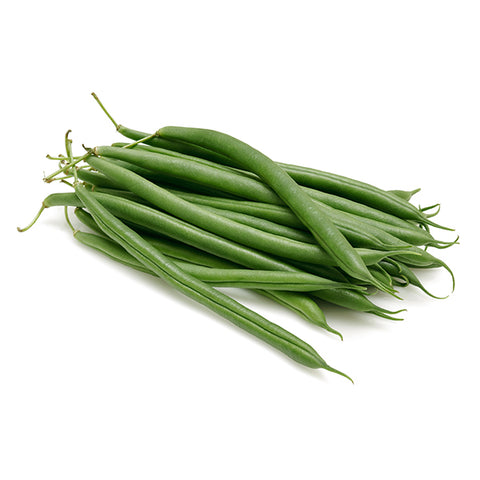
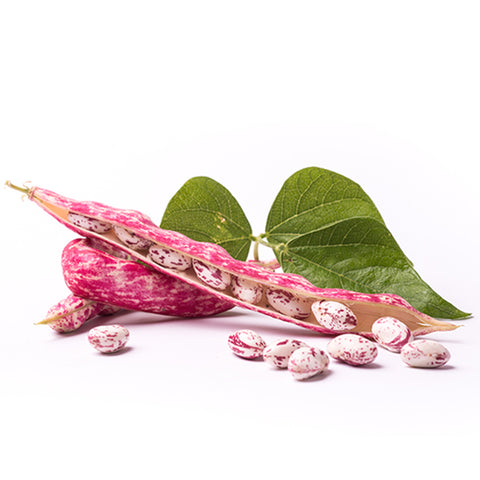
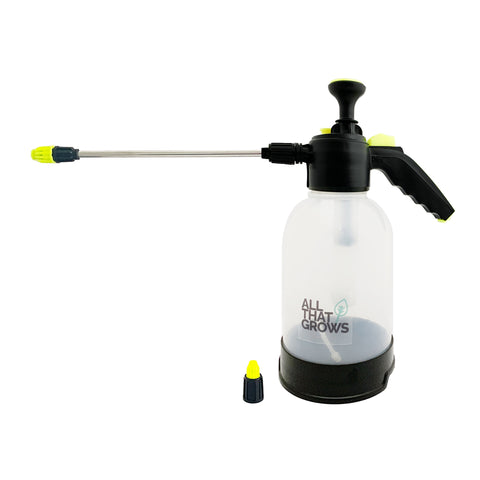






Let us know your feedback
* Comments must be approved before being displayed.